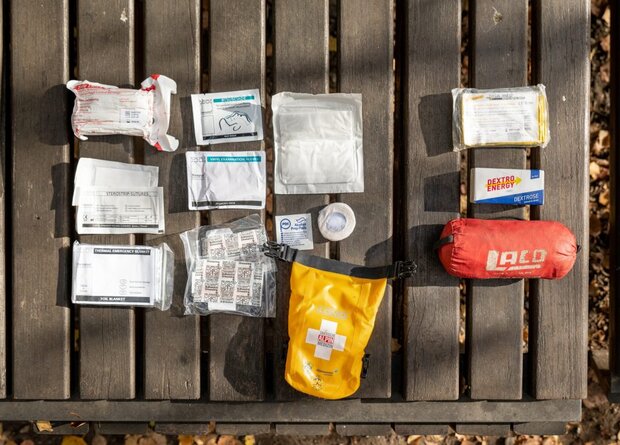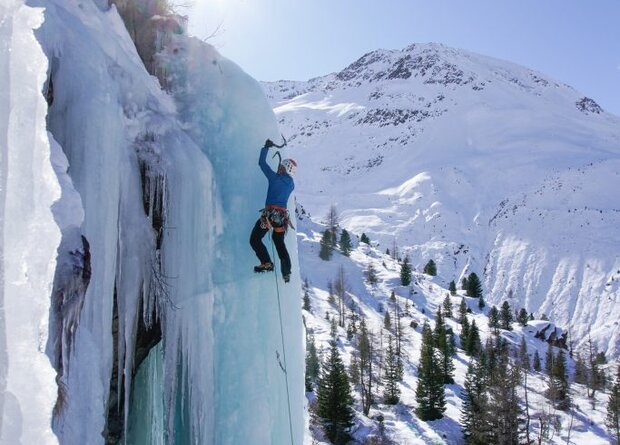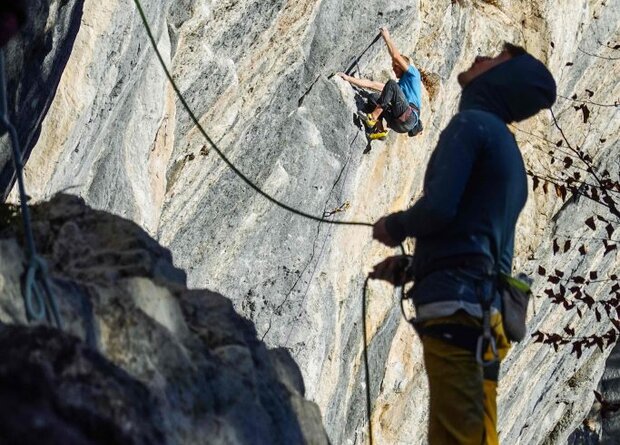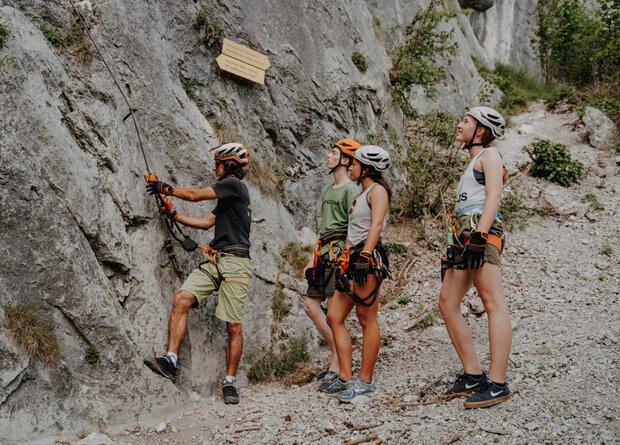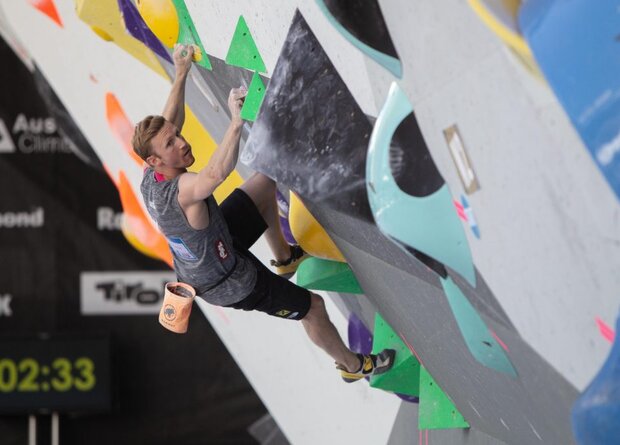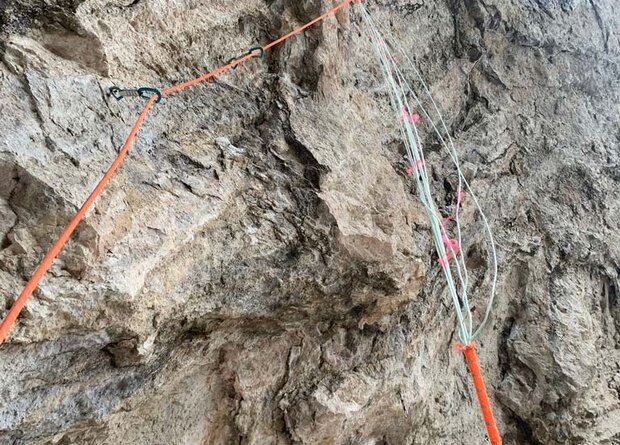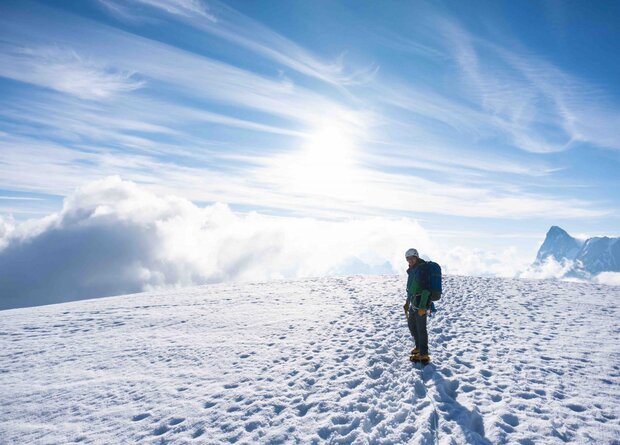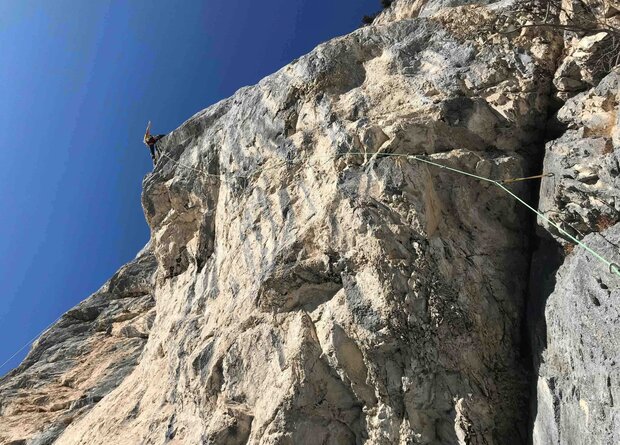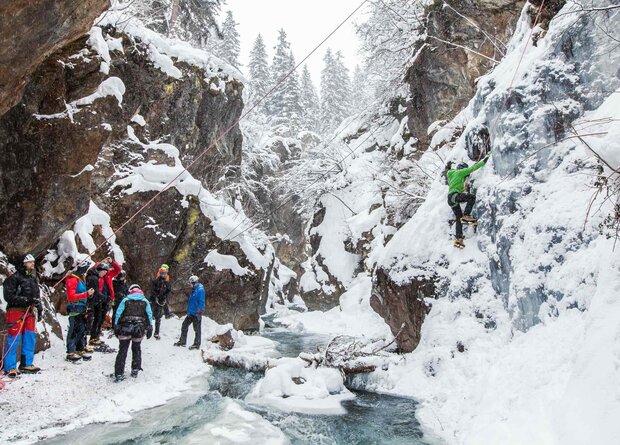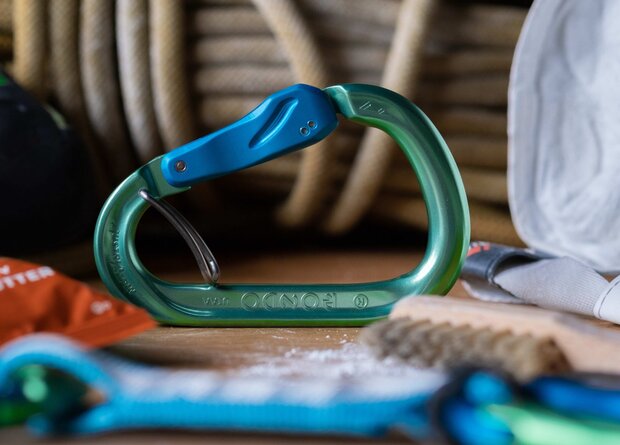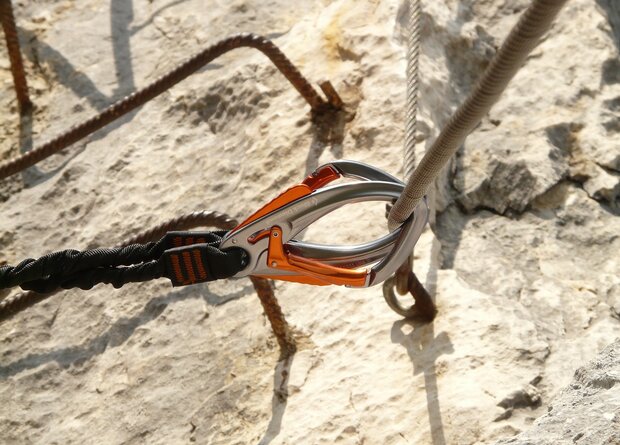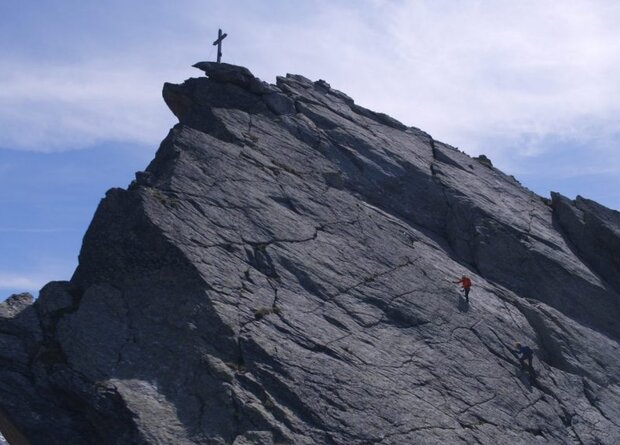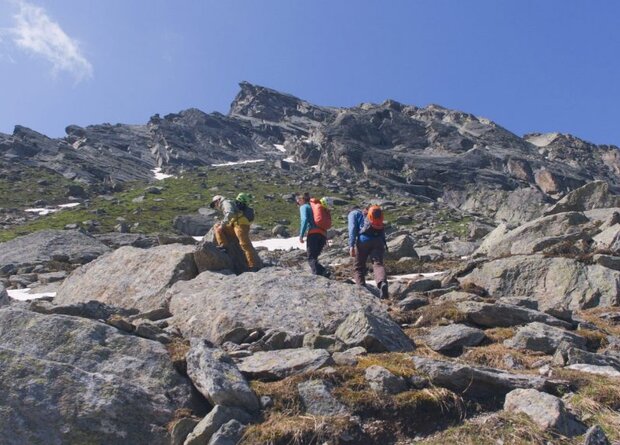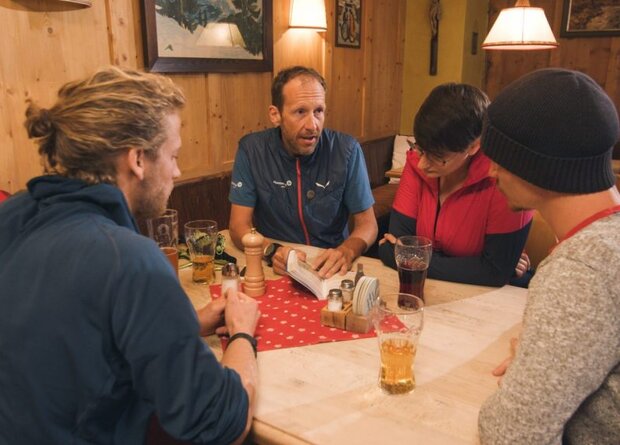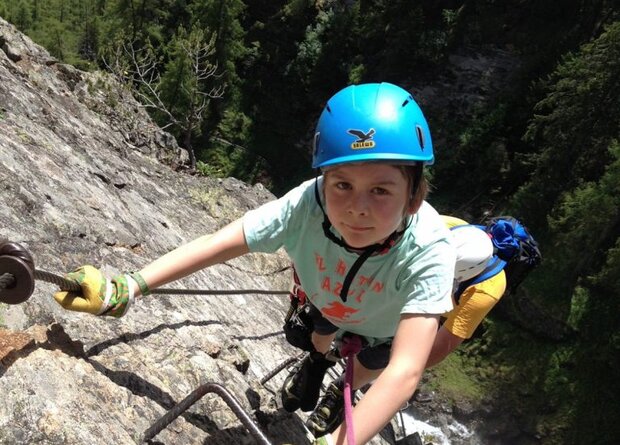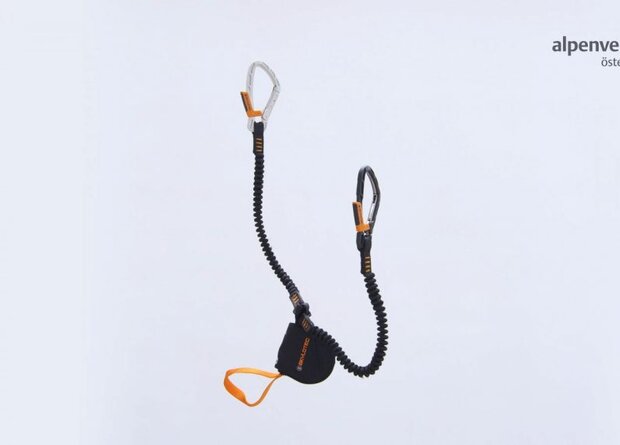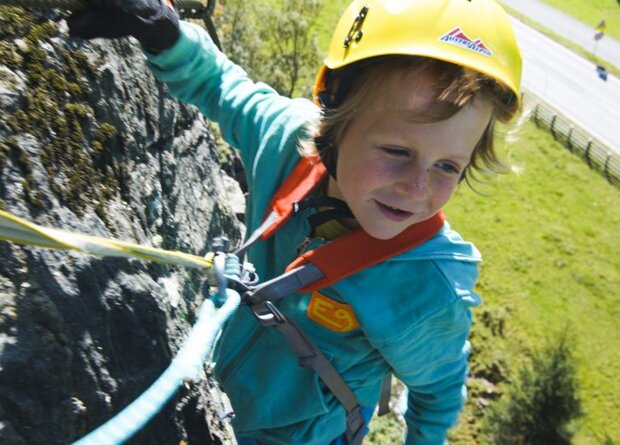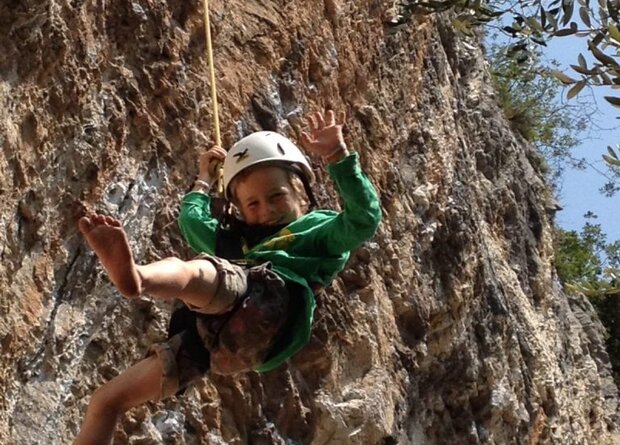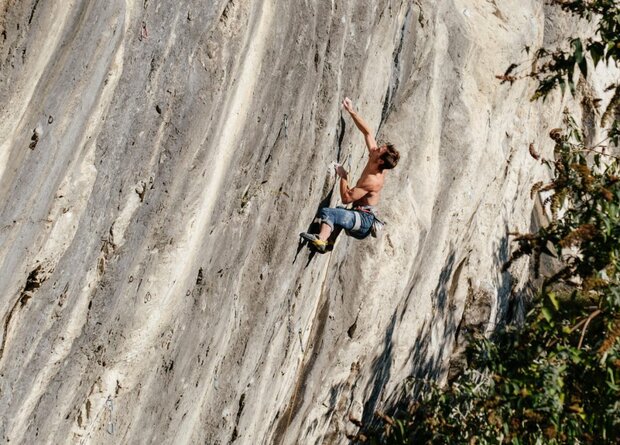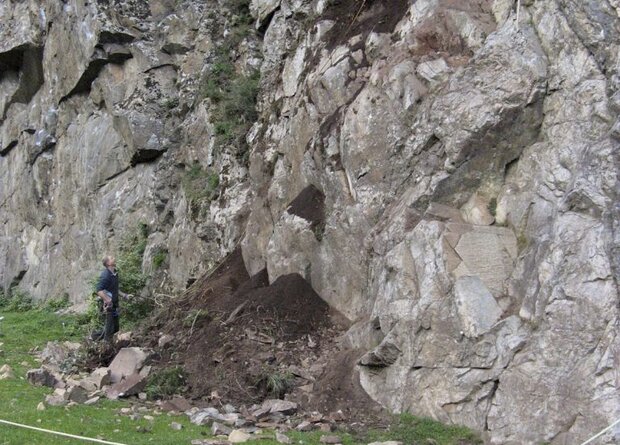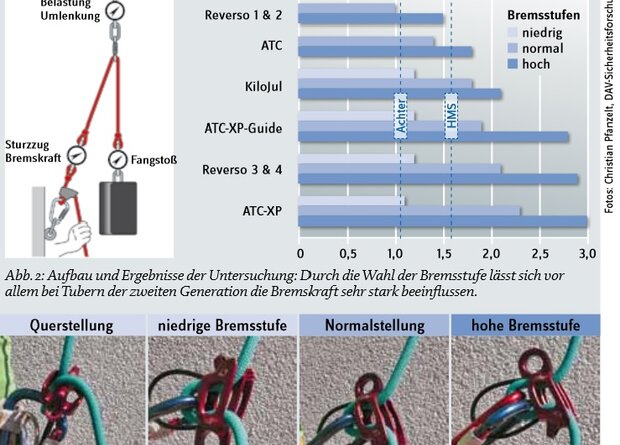True to the motto "Safe on the mountain", we introduce you to belay devices for sport climbing. This time: the Click Up.
The Click Up from Climbing Technology has a lead and a blocking mode. This is particularly suitable for toprope climbing and beginner climbing courses. The device is only suitable for children to a limited extent, as it is somewhat difficult to unlock the device when it is in blocking mode. The belay device does not lock if the brake rope runs in too steeply. Overall, however, the Click Up is well-engineered and very popular.
Facts about the Click Up
The Click Up is a semi-automatic belay device from Climbing Technology. The Click Up can be used for single ropes with a diameter between 8.5 and 11 mm. As the blocking support of the Click Up depends on the shape of the belay carabiner, it is sold as a set together with the manufacturer's carabiner.
The Click Up has two operating modes: the lead mode and the blocking mode. In blocking mode, you can haul in and lower the rope - it is not possible to release the rope. To switch from blocking mode back to lead mode, push the device upwards with your guide hand. The brake hand must remain on the brake rope!
The partner check
The partner check before every start is an elementary safety standard. Both partners check five points: the rope knot, the harness fasteners, the locking mechanism of the carabiner and the function of the belay device by pulling it jerkily. The carabiner must jump into the upper notch with a "click". Finally, check that the end of the rope is tied off.
The click up when releasing the rope
To release the rope, the Click Up is in lead climbing mode. The lead hand pulls the rope forwards out of the device, while the braking hand pushes the rope into the belay device from below. The excess slack rope is then immediately retracted and the braking hand slides back into the starting position.
The click up when hauling in the rope
When retrieving the rope, the lead hand guides the lead rope to the belay device. At the same time, the braking hand pulls the braking rope out of the belay device in an arching movement and immediately goes back down. The braking hand then slides back up towards the belay device in the tunnel grip on the brake rope.
Important: During the entire belaying process, the braking hand must never remain above the belay device.
The "braking hand principle"
Equally fundamental - even with semi-automatic belay devices - is the "braking hand principle" during climbing. The brake hand principle means that the belayer grips the brake rope with the brake hand in every phase of the belaying process. In the event of a fall, the braking hand fixes the brake rope and moves downwards. The second hand, the so-called guide hand, supports the rope guide.
In the event of a fall
As semi-automatic devices lock immediately, it is necessary for the belayer to actively move towards the wall when holding the fall. This makes the fall more dynamic - "softer" - and prevents a hard impact on the climbing wall.
The click up when lowering
To lower, the rope is pulled taut - the Click Up switches to blocking mode. The braking hand now remains at the bottom of the brake rope, while the guiding hand carefully presses on the top of the device from behind. This slowly releases the lock. The braking hand now lets the rope slip in a controlled manner and controls the release speed.
The click up when belaying in the toprope
When belaying in the top rope, the Climbing Technology Click Up is in blocking mode. The lead hand guides the lead rope to the belay device, at the same time the brake hand pulls the brake rope out of the belay device in an arching movement and then immediately goes down again. The braking hand then slides back up towards the belay device in the tunnel grip on the brake rope.
SicherAmBerg - the program
Under the overall project SicherAmBerg, the Austrian Alpine Club provides instructional videos on all relevant core Alpine Club sports such as ski touring, sport climbing, via ferrata and alpine climbing. But SicherAmBerg is not just about video tutorials. Rather, it is an overall concept consisting of high-quality publications, events, training courses and videos with the aim of increasing safety on the mountain or in the climbing gym.
If you would like to find out more about the various topics, you will find what you are lookingfor at www.alpenverein.at/sicheramberg.
